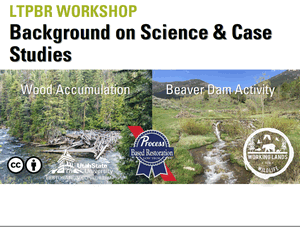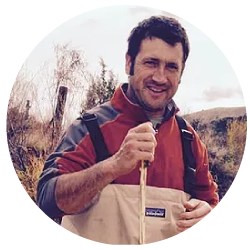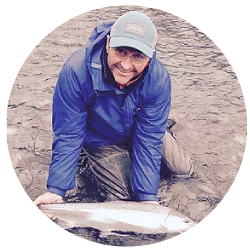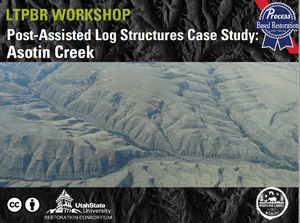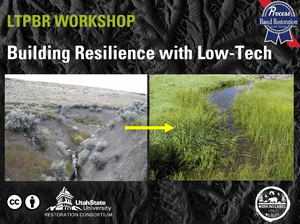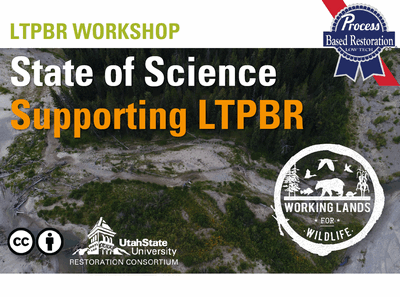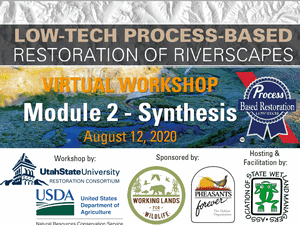Module 2 – Underlying Science & Case Studies for Low-Tech PBR
Below you’ll find PDFs and videos from this virtual workshop. Licensed under Creative Commons, you are free to re-use under its terms.
🎥 Module 2 Video Playlist
Watch the entire playlist on YouTube:
Additional Science Resources
Topics
A. Logistics, Learning Objectives & Introductions
B. Mimicking & Promoting Wood Accumulation & Beaver Dam Activity
C. Beaver Dam Analogues Case Studies (Bridge Creek & Birch Creek)
Part 1 – IMW Introduction
Part 2 – Bridge Creek
Bridge Creek Resources:
- ISEMP Bridge Creek Website
- Low-tech riparian and wet meadow restoration (2018, Restoration Ecology)
- Alteration of stream temperature by natural and artificial beaver dams (PLOS ONE 2017)
- Steelhead benefits of simulated beaver dams (2016, Scientific Reports)
- Adaptive Management for Testing Restoration Effectiveness (2016, Fisheries)
- Using Beaver Dams to Restore Incised Streams (Bioscience 2014)
- Working with Beaver to Restore Salmon Habitat (NOAA Tech Memo 2012)
Part 3 – Birch Creek
Jay’s Birch Creek Story:
🎤 Panel Discussion
Sample Q&A topics included stream power, beaver relocation, monitoring costs, fish responses, and BDA design.
D. Post-Assisted Log Structures Case Study: Asotin Creek
E. Building Resilience with Low-Tech
🎤 Panel Discussion
Sample Q&A topics included project costs, treatment strategies, flood response, and urban stream challenges.


